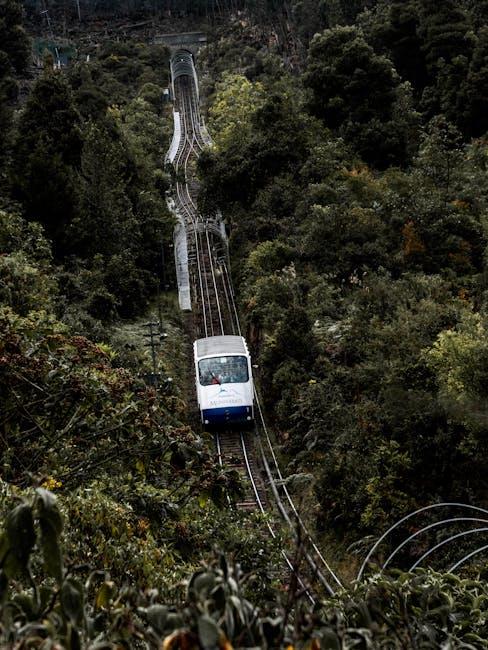In the quiet corners of the world, where cobblestone streets whisper stories of bygone eras and ancient customs weave the fabric of daily life, a new force begins to stir. Tourism, with its promise of economic prosperity and cultural exchange, arrives like a tide, reshaping landscapes and livelihoods in its wake. Yet, as this modern wave crashes upon the shores of tradition, communities find themselves in a delicate dance—a balancing act between preserving their cherished heritage and embracing the transformative pull of global visitors. In this intricate interplay, where the old meets the new, lies a story of resilience and adaptation, a narrative that unfolds in vibrant markets, sacred festivals, and timeless rituals. As we delve into the heart of this dynamic tension, we explore the challenges and opportunities that arise when the world comes knocking at the doorsteps of history.
Cultural Heritage in the Modern Age Bridging Generations
In today’s rapidly evolving world, the preservation of cultural heritage often walks a tightrope between honoring tradition and accommodating the inevitable wave of tourism. On one side, tradition serves as the anchor, connecting communities to their roots and maintaining a sense of identity. It offers a glimpse into the past, showcasing rituals, languages, and art forms that have been passed down through generations. Yet, the allure of tourism, with its economic incentives and global connectivity, exerts a transformative pull, reshaping cultural landscapes to cater to a broader audience.
- Authenticity vs. Accessibility: While preserving authenticity is crucial, making cultural heritage sites accessible to tourists can lead to commercialization.
- Preservation vs. Innovation: Maintaining historical integrity often clashes with modern adaptations that attract tourists.
- Community Involvement: Engaging local communities ensures that cultural preservation efforts benefit those directly connected to the heritage.
Striking a balance between these forces requires innovative solutions and collaboration. Community-led initiatives, sustainable tourism practices, and government policies play a pivotal role in ensuring that cultural heritage not only survives but thrives in the modern age, bridging the gap between generations while welcoming the curious eyes of the world.

The Economic Impact of Tourism Balancing Prosperity and Preservation
In the intricate dance between economic growth and cultural preservation, tourism emerges as both a boon and a challenge. The influx of visitors can invigorate local economies, providing jobs and stimulating infrastructure development. However, the delicate balance between prosperity and preservation often requires strategic planning and community engagement. Local businesses benefit from increased foot traffic, while governments collect additional revenue through taxes and fees, which can be reinvested into public services and cultural initiatives.
- Economic Opportunities: Enhanced job creation and entrepreneurial ventures.
- Infrastructure Development: Improved transport and public facilities.
- Cultural Exchange: Greater global awareness and understanding.
Yet, the impact on the cultural and environmental landscape cannot be overlooked. The commercialization of traditional spaces can lead to a loss of authenticity, while increased human activity often strains natural resources. Communities face the challenge of maintaining their heritage while accommodating the demands of a global audience. By embracing sustainable practices and fostering genuine interactions, destinations can protect their identity while reaping the economic benefits that tourism offers.

Local Voices and Global Audiences Crafting a Harmonious Narrative
In the dance between tradition and tourism, communities find themselves navigating a delicate balance. The allure of global audiences often promises economic growth and cultural exchange, yet it also risks overshadowing local voices. Preserving heritage becomes a collaborative endeavor where storytelling serves as a bridge, connecting the past with the present. Cultural festivals, artisanal crafts, and culinary experiences are celebrated as living traditions, not mere spectacles for visitors. They act as tangible reminders of identity, anchoring communities amidst the rapid currents of change.
- Empowering Local Narratives: By prioritizing local stories, communities ensure that their heritage remains vibrant and authentic.
- Collaborative Storytelling: Inviting tourists to participate in the narrative fosters mutual respect and deeper understanding.
- Responsible Tourism Practices: Encouraging mindful engagement with cultural sites helps protect them for future generations.
As the world grows more interconnected, the challenge is to craft a narrative that honors both local traditions and the transformative pull of tourism. This balancing act is not about choosing one over the other, but rather weaving them together to create a harmonious tapestry that resonates with authenticity and respect.

Innovative Approaches to Sustainable Tourism Embracing Change While Honoring the Past
In the realm of sustainable tourism, striking a balance between honoring cultural heritage and embracing modern innovations is both a challenge and an opportunity. Destinations worldwide are adopting eco-friendly technologies while ensuring that the essence of their traditions remains intact. This approach includes leveraging renewable energy sources, promoting zero-waste practices, and integrating smart technology to enhance visitor experiences without compromising cultural integrity.
- Community-Centric Initiatives: Empowering local communities through participatory tourism projects ensures that cultural narratives are preserved. By involving locals in decision-making processes, destinations can foster a sense of ownership and pride.
- Revitalization of Traditional Crafts: Craftsmanship that has been passed down through generations finds new life when integrated into the tourism sector. Artisans are given platforms to showcase their skills, attracting visitors eager to engage with authentic experiences.
- Heritage Conservation with Modern Tools: Digital technologies like augmented reality and virtual tours allow tourists to explore historical sites in an immersive manner, reducing physical wear on these treasured locations.
Such innovative strategies not only help in preserving the cultural fabric but also attract a new wave of conscious travelers, eager to participate in a tourism model that respects both the past and the planet.






























